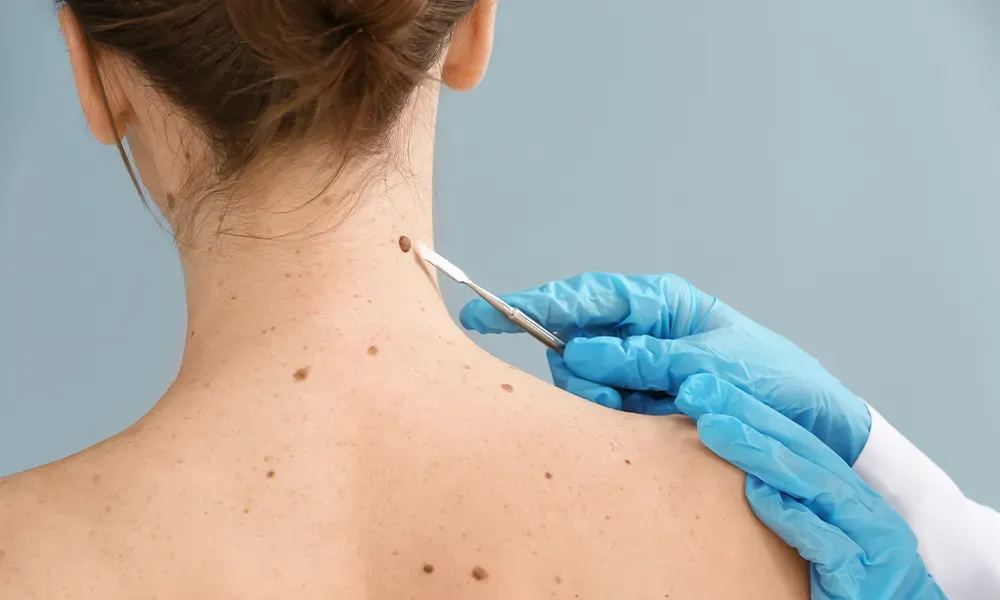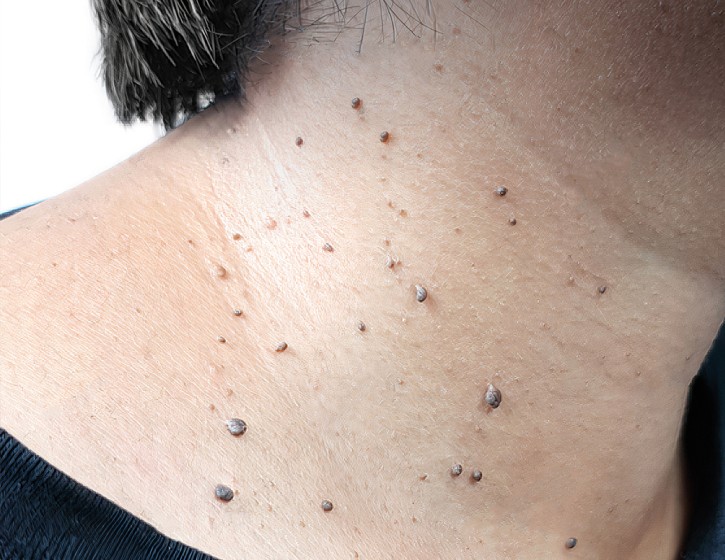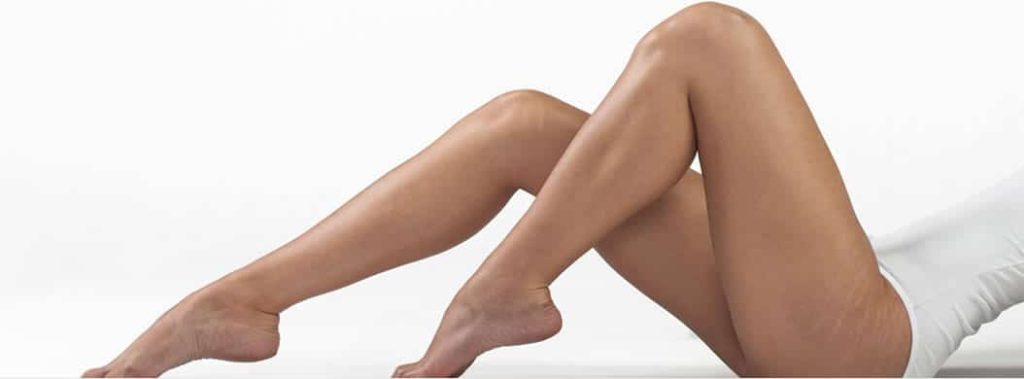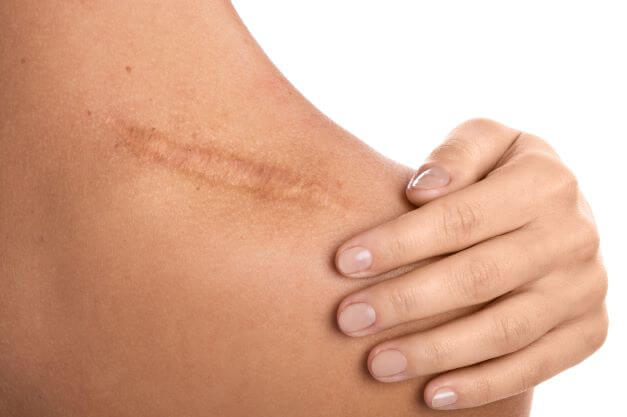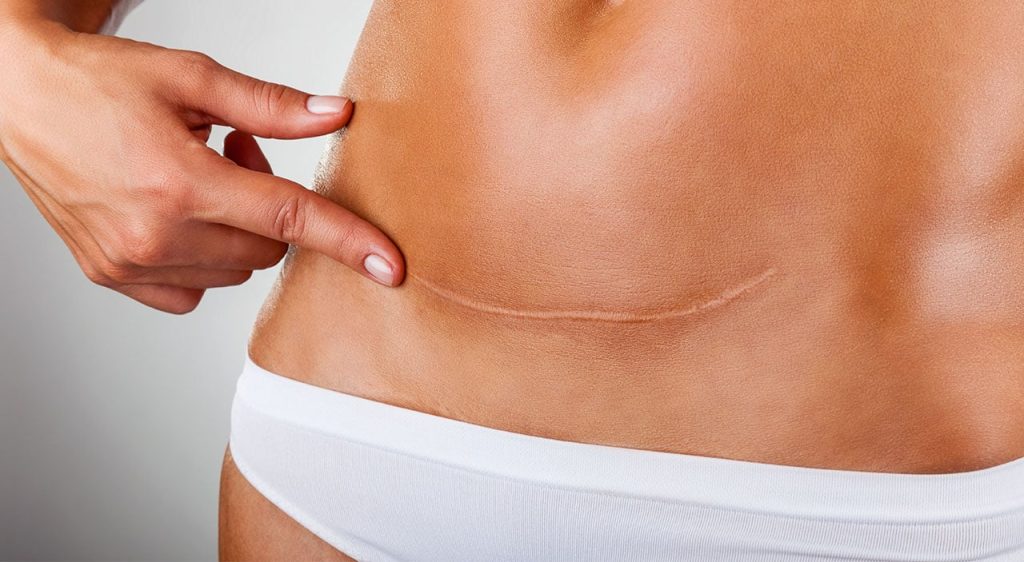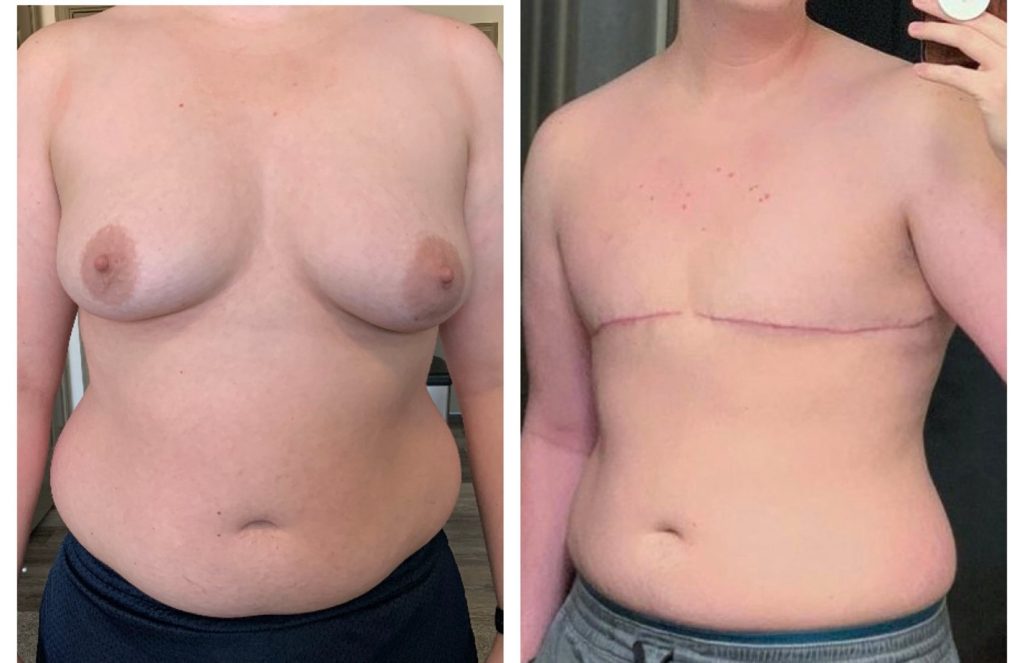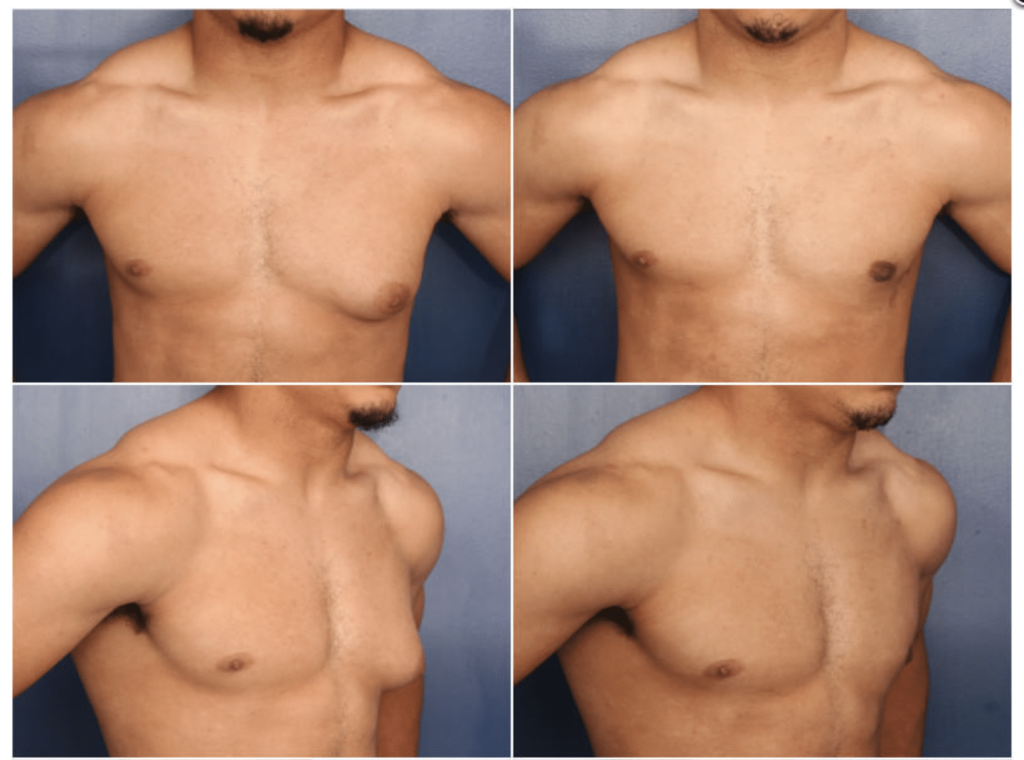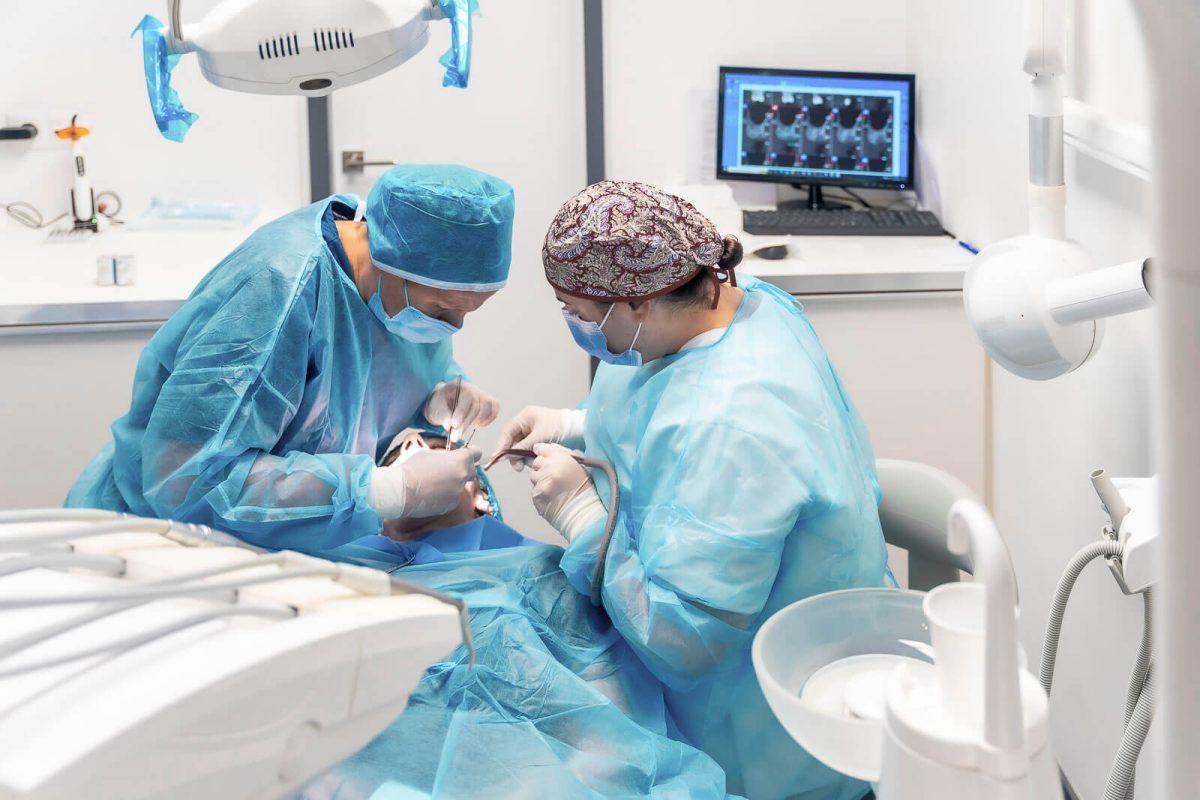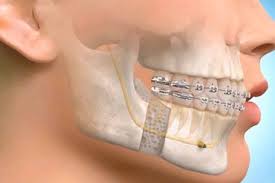Practitioner’s Role in Scarring
Expert Selection
Choosing the right plastic surgeon is crucial. Their skill and experience play a significant role in minimizing scarring risks.
An experienced practitioner knows how to handle the suction process carefully. This reduces trauma to the skin and underlying tissues. They also provide detailed care instructions for the healing process. Following these guidelines helps ensure optimal outcomes.
Tailored Approach
Practitioners like Dr. Michael Rich take extra steps. They assess each patient’s scarring history and skin type.
This personalized assessment allows for tailored treatment plans. It ensures that the procedure aligns with the patient’s unique needs, further reducing the risk of noticeable scarring.
Incision Strategy
The strategic placement of incisions is another key factor. Skilled practitioners place them in less visible areas.
This careful planning makes scars less noticeable once healed. It reflects a deep understanding of human anatomy and aesthetic principles.
Understanding Liposuction Incisions
Incision Size
Tumescent liposuction involves tiny incisions. These cuts are often just a few millimeters long. They allow the surgeon to access and remove fat with minimal scarring.
The size and strategic placement of these incisions minimize visible scarring. Surgeons place them in less noticeable areas, enhancing the cosmetic outcome.
Healing Timeline
The healing process for liposuction incisions varies. Initially, these cuts may appear red and more noticeable.
Over time, they typically fade to fine lines. Most become barely visible within a year. Proper care can speed up this fading process.
Number Variation
The number of incisions depends on several factors. The area’s size being treated plays a significant role.
Larger areas may require more incisions for effective fat removal. The technique used also influences the number of cuts needed.
Scarring Risks in Liposuction Types
Tumescent Technique
The tumescent liposuction technique minimizes scarring risks significantly. This method involves injecting a large amount of medicated solution into the areas being treated before fat removal. It allows for easier fat removal with less trauma to the skin.
Compared to other liposuction methods, tumescent lipo offers a safer approach. Patients typically experience smaller incisions, which lead to less noticeable scars. This is especially important for individuals concerned about post-surgical marks.
Heat-Based Methods
Heat-based liposuction techniques, such as laser-assisted and Vaser lipo, introduce an additional element of risk. These methods use heat to break down fat cells before removal. While effective in fat reduction, they also pose a higher risk for skin damage and scarring.
The heat can cause more significant tissue trauma. This increases the chances of keloidal or hypertrophic scarring, particularly in those prone to such conditions. Individuals with darker skin types should be cautious, as they are more susceptible to these types of scars.
Scarring Susceptibility
e people have a higher risk of developing noticeable scars after liposuction. Those with a history of keloids or hypertrophic scars should discuss their concerns with their surgeon. The choice of liposuction technique can be crucial in reducing scarring risks.
Selecting the right method based on skin type and scar susceptibility is essential. A skilled surgeon can tailor the procedure to minimize side effects while achieving desired outcomes.
Managing Scar Concerns Post-Liposuction
Immediate Care
Proper wound care immediately after the procedure plays a crucial role in minimizing liposuction scars. Keeping the area clean and dry prevents infection, which can worsen scarring. It’s also important to manage fluids around the wound properly. Excess fluid can lead to swelling, delaying healing and potentially affecting scar appearance.
Following the plastic surgeon’s aftercare instructions is vital. These guidelines are designed to ensure optimal healing and minimal scarring from tumescent liposuction. Adherence to these instructions helps in reducing complications that could lead to more noticeable scars.
Aftercare Compliance
A key aspect of managing liposuction scars involves strict compliance with aftercare instructions provided by the healthcare professional. This includes wearing compression garments as advised. Compression garments support effective healing by minimizing swelling and encouraging proper fluid drainage, both of which are essential for reducing scar visibility.
Patients should avoid strenuous activities as recommended by their plastic surgeon. Excessive movement or pressure on the treated areas can aggravate the wounds, leading to more significant scarring.
Early Intervention
Introducing silicone sheets or gels early in the recovery process can significantly improve scar appearance. These products hydrate the scar tissue, helping it to heal flatter and softer than it might otherwise. Silicone sheets or gels should be used according to a practitioner’s guidance for best results.
Early intervention with these treatments can make a substantial difference in how visible scars remain long-term. They represent an effective strategy for managing unwanted signs of liposuction on the skin.
Tips for Scar Improvement
Massage Regularly
Regular massage of the scarred area can significantly enhance flexibility and reduce the buildup of scar tissue. Gentle, circular motions help break down the tough tissue, making the scars less noticeable over time. This method proves especially beneficial in the weeks following tumescent liposuction, as it aids in quicker recovery.
Massage should start once the healing process allows it, usually a few weeks after surgery. It’s important to be gentle to avoid any damage or discomfort.
Sun Protection
Protecting healing incisions from the sun is crucial for minimizing scar visibility. UV exposure can darken scars, making them more noticeable against surrounding skin. Applying a broad-spectrum sunscreen with at least SPF 30 helps prevent this pigmentation change.
Wearing protective clothing and seeking shade are also effective strategies for keeping scars discreet. This approach is particularly important during the first year post-surgery when scars are most susceptible to changes.
Over-the-Counter Products
For minor scarring, over-the-counter scar reduction products offer a convenient solution. These products often contain ingredients like silicone gel, which has been shown to improve the appearance of scars.
They work by hydrating the scar tissue, reducing redness and smoothing out the texture. Consistent use according to product instructions can yield noticeable improvements within months.
Advanced Scar Treatment Techniques
Laser Therapy
Laser therapy stands as a pioneering solution for enhancing the appearance of scars following a tumescent liposuction. This method specifically targets scar tissue, promoting significant healing and aesthetic improvement. It works by delivering focused light beams to the treatment area, which meticulously breaks down scar tissues and stimulates skin regeneration.
Patients often observe a notable reduction in scar visibility after several sessions. The process is minimally invasive, making it a preferred choice for many.
Steroid Injections
Steroid injections offer relief for those grappling with hypertrophic or keloid scars, which are raised and more pronounced. These injections help flatten and soften the scar area by reducing inflammation and slowing down excessive collagen production.
For optimal results, patients might need multiple treatments over time. This approach is highly effective for specific types of scars that do not respond well to other treatments.
Fat Grafting
Fat grafting emerges as an innovative technique to address indented scars left by the surgical tube during liposuction. By harvesting fat from another part of the body and injecting it into the scarred area, this method adds volume and smoothens the skin surface.
This procedure not only improves the skin’s texture but also enhances its overall appearance by filling in depressions. It’s a dual-benefit approach that corrects scars while utilizing natural body fat.
Addressing Large or Persistent Scars
Surgical Revision
Surgical revision becomes necessary when significant scarring persists. This option targets large or unsightly scars that do not improve with less invasive treatments. It involves carefully removing the scar tissue, followed by closing the skin in a way that leaves a less noticeable scar.
For some, this method drastically reduces the visibility of keloid scars or darkened areas. However, it’s crucial to understand that surgical revision is more invasive and requires a longer healing period.

Combined Techniques
Combining surgical scar revision with other techniques often yields optimal results. Techniques such as laser therapy or microdermabrasion can further enhance skin texture and tone. These combinations are particularly effective for visible scars on exposed areas.
By addressing both the depth and surface appearance of scars, patients can achieve smoother skin with reduced discoloration. It’s essential to discuss these options with a specialist who can tailor treatments to your specific needs.
Expert Consultation
Consulting with a dermatologist or plastic surgeon specialized in scar management is vital. They provide personalized treatment plans based on your skin type, the severity of scarring, and healing capabilities.
Experts can also offer advice on preventing further scarring and managing any associated symptoms like swelling or bruising. Trusting your care to those experienced in cosmetic surgery ensures that you receive the most effective treatments for your concerns.
Summary
Tumescent liposuction offers a transformative approach to fat removal, but like any surgical procedure, it comes with considerations, including scarring. Your choice of practitioner, understanding of incision techniques, and the specific type of liposuction play crucial roles in the appearance of post-procedure scars. Importantly, your actions post-liposuction—embracing scar management and treatment strategies—can significantly influence healing and scar minimization. From basic care to advanced treatments, you have options to address scars, large or persistent ones included.
The journey to a sculpted body doesn’t end with liposuction; it extends through your commitment to proper aftercare and scar management. By following the tips for scar improvement and considering advanced treatment techniques, you’re taking control of your healing process. Remember, selecting a skilled practitioner and engaging in open dialogue about your concerns pre- and post-operation is key. Ready to take the next step toward a confident you? Reach out to a qualified professional today and discuss your options for tumescent liposuction and comprehensive scar care.
Frequently Asked Questions
What role does a practitioner play in reducing liposuction scars?
A skilled practitioner minimizes scarring by using precise techniques and making smaller incisions, significantly affecting the visibility of scars.
How significant are the scars from tumescent liposuction?
Scars from tumescent liposuction are typically small and strategically placed to be less noticeable, often fading over time.
Are there different scarring risks with various types of liposuction?
Yes, scarring risks vary among liposuction types. Tumescent liposuction generally results in fewer and less noticeable scars compared to traditional methods.
What can I do to manage scars after liposuction?
Post-liposuction scar management includes following your surgeon’s care instructions, keeping the area clean, and avoiding sun exposure to prevent darkening of the scars.
Can you provide tips for improving the appearance of liposuction scars?
Improving scar appearance involves using silicone sheets or gels, applying sunscreen regularly, and massaging the area gently to enhance healing and reduce scar visibility.
What are some advanced techniques for treating liposuction scars?
Advanced scar treatment techniques include laser therapy, microneedling, and steroid injections, which can improve the texture and color of liposuction scars.
How are large or persistent liposuction scars addressed?
Large or persistent scars may require surgical revision or specialized treatments like laser therapy to improve their appearance and minimize their impact.






